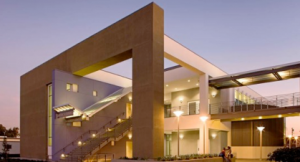Lockheed Martin’s Skunkworks is designing and building prototypes for a new generation of compact fusion reactors. These reactors would be about the size of a semi-truck yet supply clean continuous power to fill the intermittent and peak power gaps that utilities need to fill grid power demand.
The problem of most renewable energy sources is that they only generate when the sun is shining or the wind is blowing. With the availability of continuous power from fusion reactors, utilities will be able to contract and supply clean, emission free power without relying on a supply chain of fossil fuels. Instead of building large, expensive natural gas peaker plants to supply power, compact fusion reactors could provide a cleaner alternative at much lower cost.
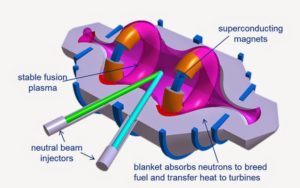
Because of its small size relative to the Russian’s tokamak fusion design International Thermonuclear Experimental Reactor (a huge system being constructed in France), this system is easier to design and rapidly build prototypes for specialized applications. See the YouTube video.
This technology is not available now but early versions could be marketable in as little as five years. According to the development project manager, Dr. Thomas McGuire:
“We would like to get to a prototype in five generations. If we can meet our plan of doing a design-build-test generation every year, that will put us at about five years, and we’ve already shown we can do that in the lab. So it wouldn’t be at full power, like a working concept reactor, but basically just showing that all the physics works.”
This technology is a strong conceptual response to Amory Lovins (founder of the Rocky Mountain Institute) call for “Reinventing Fire.” Another “arrow in the quiver” for sustainable power.
Share this post:



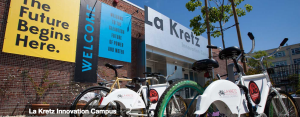 As early as April of this year, speculation was being widely reported that Los Angeles may suffer
As early as April of this year, speculation was being widely reported that Los Angeles may suffer 
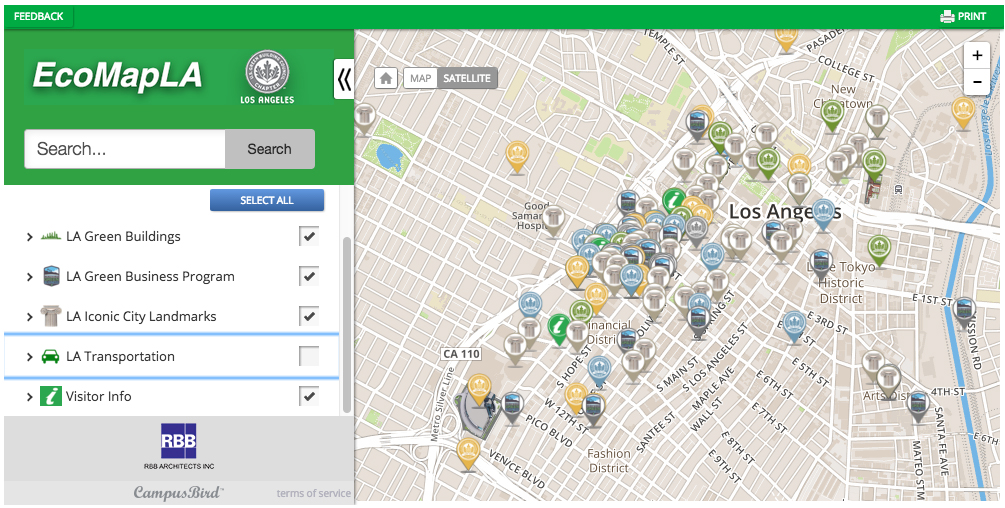
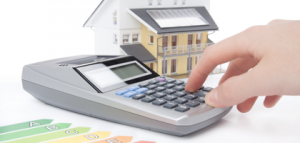 From an article written by Peter Rumsey, PE Guest Author for Rocky Mountain Institute Outlet.
From an article written by Peter Rumsey, PE Guest Author for Rocky Mountain Institute Outlet.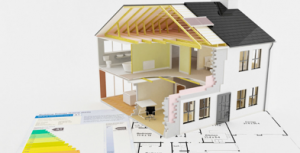
 Mayor Eric Garcetti – 4/8/2015: O
Mayor Eric Garcetti – 4/8/2015: O
